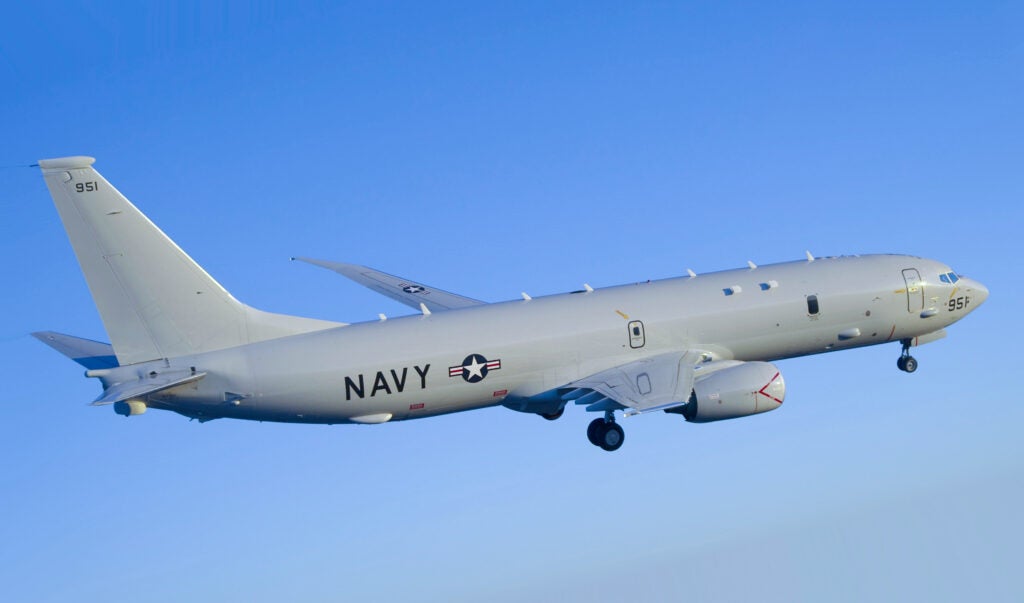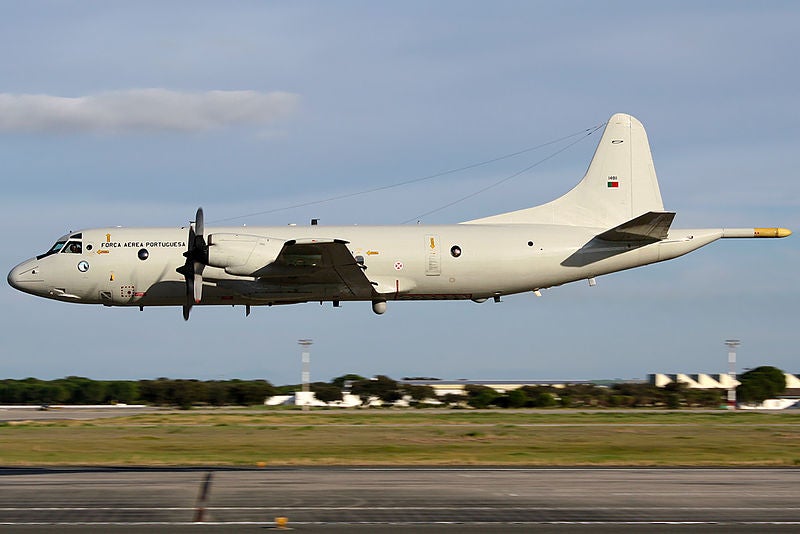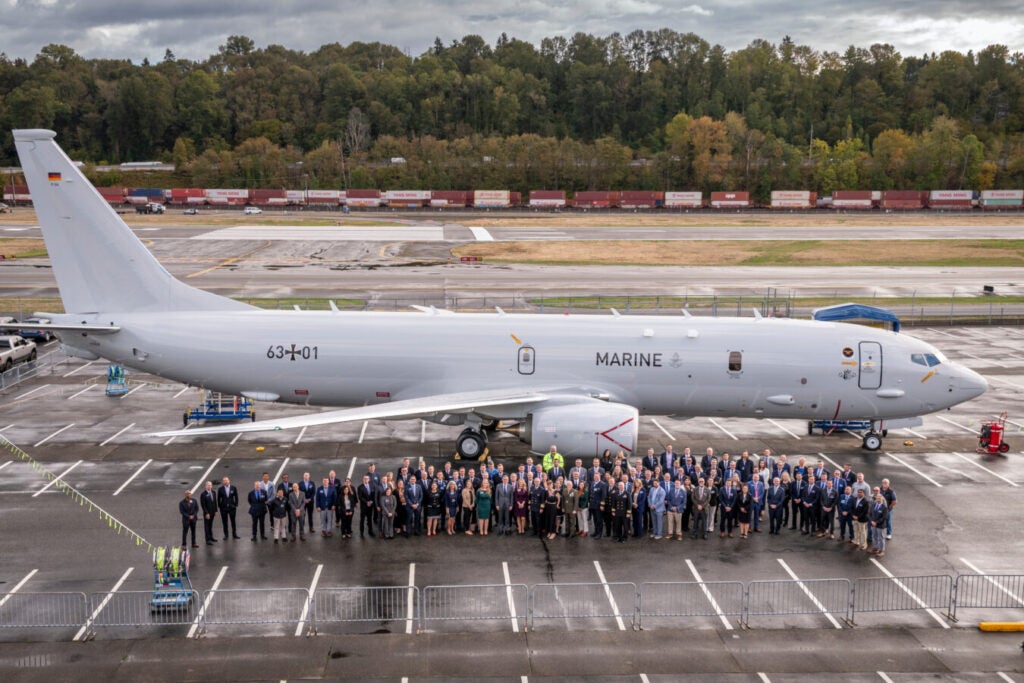Germany Receives the First Boeing P-8A Poseidon Maritime Patrol Aircraft
With rising Russian activity making security in the High North, North Atlantic, and Baltic Seas more fragile, the German Navy has acquired its first of eight Boeing P-8A Poseidon Maritime Patrol Aircraft via Foreign Military Sales (FMS), in order to further enhance ASW ASUW and ISR capabilities. The aircraft, with registration number 63+01 has been handed over to the German Navy in Seattle, Puget Sound Complex on October 1.
The P-8A Poseidon, adapted from the civilian Boeing 737-800 platform, is an advanced multi-mission maritime patrol aircraft designed for anti-submarine warfare, anti-surface warfare, intelligence, surveillance and reconnaissance (ISR), maritime domain awareness, and search and rescue missions. Vice Admiral Jan Christian Kaack, Inspector of the German Navy, notes that the aircraft’s extended range, sophisticated sensor suite, and increased endurance represent a significant enhancement in the Navy’s operational capabilities.

At the outset, the Bundeswehr regarded these advanced maritime patrol aircraft (MPA) as an expedient interim measure to replace its aging P-3C Orion fleet, pending the completion of the Franco-German Maritime Airborne Warfare System (MAWS), which is anticipated to enter service around 2035. In this context, on 30 June 2021, the Federal Office of Bundeswehr Equipment, Information Technology and In-Service Support (BAAINBw) executed a Letter of Offer and Acceptance (LOA) with the U.S. Department of Defense, facilitated by the Defense Security Cooperation Agency (DSCA), for the acquisition of five P-8A Poseidon aircraft. The contract, valued at approximately €1.1 billion, encompasses not only the procurement of the aircraft but also includes related equipment, training programs, and support services.
Russia’s invasion of Ukraine in 2022, combined with subsequent stagnation in the MAWS program, prompted a significant shift in Berlin’s evaluation of the P-8A Poseidon. In 2023, Germany utilized the government’s Sondervermögen (special defense fund) to procure three additional aircraft, increasing its total fleet to eight. Consequently, the Poseidon has transitioned from a temporary solution to a long-term and integral part of the Deutsche Marine’s force structure. Further reflecting this strategic adjustment, German defense authorities are considering a follow-on contract for four more aircraft, which would bring the fleet’s size to twelve.
At present, BAAINBw is conducting final quality inspections and acceptance testing to ensure delivery of the first P-8A to Germany within the coming weeks. Under the existing agreement, the remaining seven aircraft will be delivered incrementally through 2028. The entire Poseidon fleet will operate from Marinefliegergeschwader 3 “Graf Zeppelin” at Nordholz Air Base in Lower Saxony — the same facility that previously hosted the P-3C Orion — before those legacy aircraft are transferred to the Portuguese Air Force.

The introduction of the Boeing P-8A Poseidon will not only enhance the German Naval Aviation’s ability to conduct reconnaissance and deterrence missions across the high seas, but will also strengthen interoperability with other NATO allies operating the same platform — including the United States, the United Kingdom, Norway, and Canada. As the Alliance’s capabilities constantly been challenged by Russia in the Eastern and Northern flanks via “hybrid” methods, the threat perception is getting more fluid. In such an environment, P-8A will play a crucial role in situational awareness of the Alliance.

